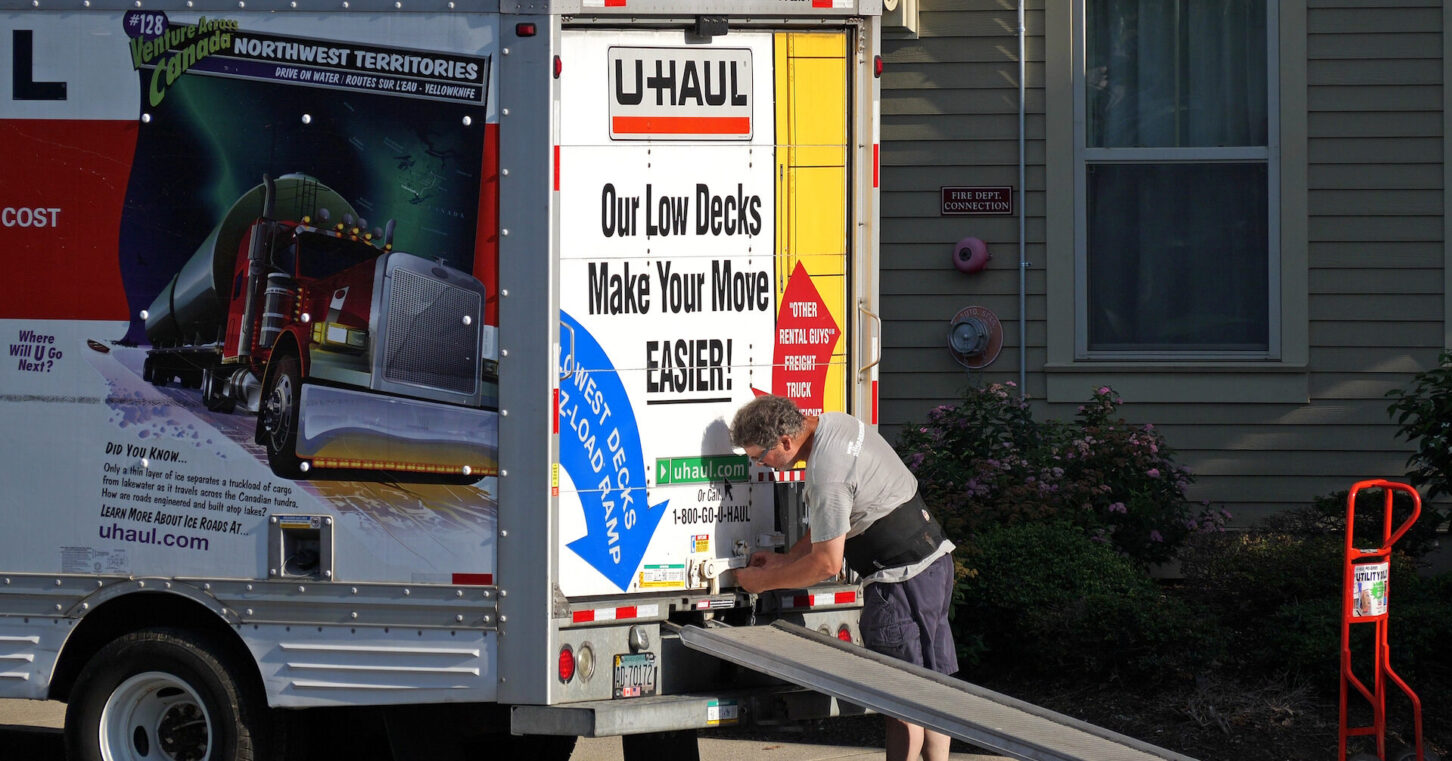
The headline was jarring for those who live in metro Atlanta – but should also provide a jolt to those who don’t: “Metro Atlanta population to reach 7.9 million by 2050.”
If that projection is realized, it will continue a trend that may not be sustainable much longer. Again, that goes for metro Atlanta and for the rest of the state.
The Atlanta Regional Commission published the report, one of its periodic forecasts to aid policy makers in making the infrastructure investments needed to keep up with a changing population.
First, let’s get the numbers out of the way. This projection represents an additional 1.8 million people who would hang their hats in one of 21 counties: Barrow, Bartow, Carroll, Cherokee, Clayton, Cobb, Coweta, Dawson, DeKalb, Douglas, Fayette, Forsyth, Fulton, Gwinnett, Hall, Henry, Newton, Paulding, Rockdale, Spalding and Walton.
In 2020, those counties were home to 6.1 million people. At the time, that was more than the populations of 31 states. There would, of course, be growth elsewhere, but 7.9 million is greater than the present-day populations of seven additional states.
The ARC forecast doesn’t necessarily line up with others, but we can make some rough comparisons. For example, the state government’s most recent projection for population growth across all of Georgia by 2050 is 13.5 million, up from 10.7 million in 2020.
Now let’s put all of this in perspective.
If both sets of predictions were to come true – and again, these are separate forecasts that may not dovetail perfectly – the 21-county region would increase its share of Georgia’s population slightly, from 57% to almost 59%.
That may not sound like a big difference, but it means about two-thirds of the newcomers to Georgia would flock to metro Atlanta. That would represent an increasing strain on infrastructure and resources, not to mention the strain on intrastate politics.
The “two Georgias” refrain is older than I am. And even if there really are four or five or eight “Georgias,” it’s unhealthy to have an even larger gulf between Atlanta and the rest of the state.
That isn’t to diminish Atlanta or to wish for its decline. Not at all. It’s simply to point out the benefits of relatively more growth in other parts of the state.
We’ve seen a concerted effort to spur such a rebalancing. Seven years ago the speaker of the Georgia House, the late David Ralston, created a Rural Development Council to promote growth in the state’s outlying areas. The focus has been even sharper during Brian Kemp’s time as governor.
“We’ve brought in roughly $74.5 billion in investment to the state,” he told a Georgia Chamber of Commerce audience last month, “with the majority going to rural parts of Georgia.”
So, after decades of people in the “other Georgia” – the one well beyond the I-285 Perimeter – complaining that Atlanta gets all the attention and investment, billions of dollars and tens of thousands of jobs have gone outside Atlanta. But many folks in rural Georgia don’t like it.
We’ve seen lawsuits in Morgan County over the planned Rivian factory, and rezoning moratoriums quickly established in Bulloch and Bryan counties near the Hyundai “metaplant.”
Some of these actions were done in the name of smart planning, but there is a fine line between planning and stalling. A bill to limit the longevity of such moratoriums is pending in the General Assembly.
There’s opportunity for other communities that are ready to seize it. While the ARC’s forecast points to a decline in working-age residents in metro Atlanta, projections for the state as a whole show a slight increase. That could make other parts of Georgia more attractive to employers.
Metro Atlanta will keep expanding, but residents of other parts of the state can do themselves and their big-city cousins a favor by welcoming more growth.
